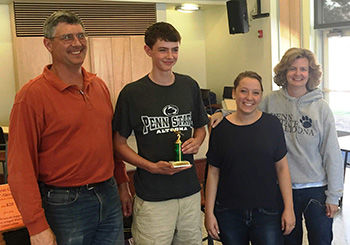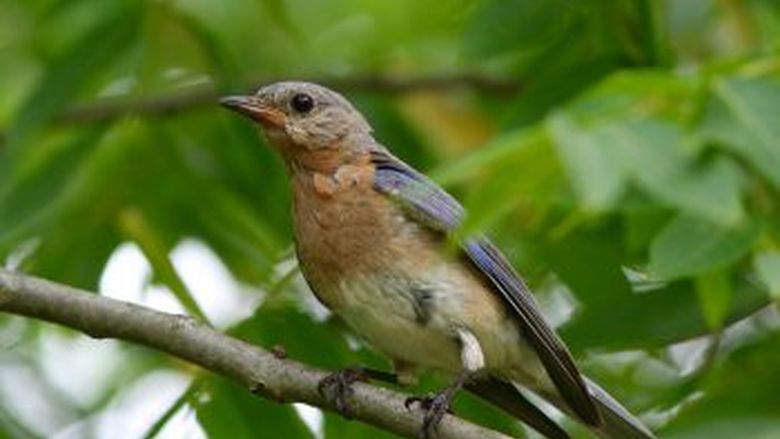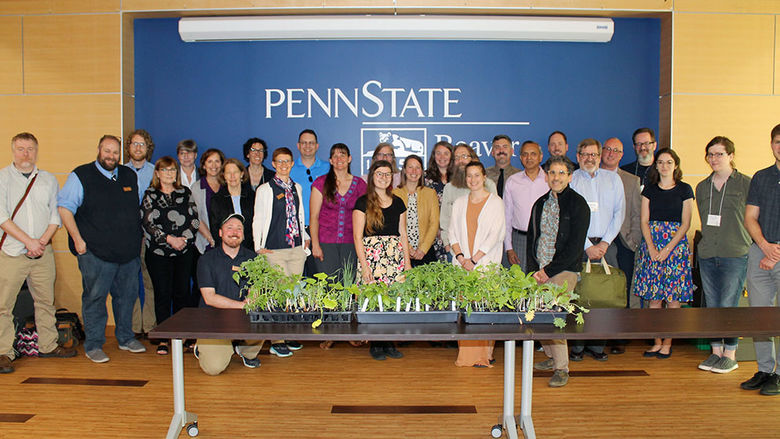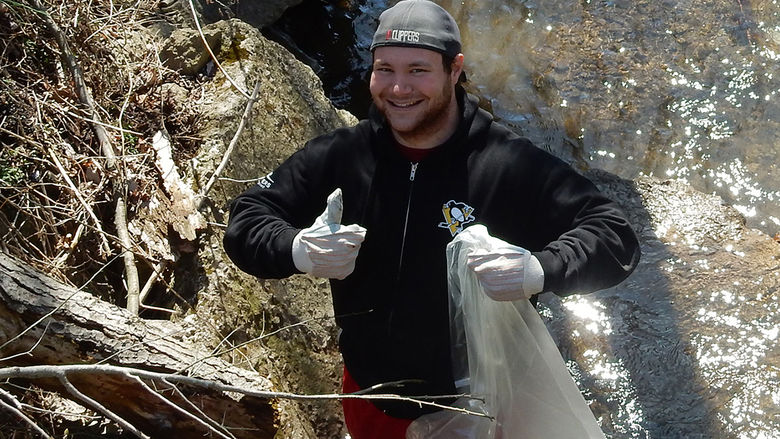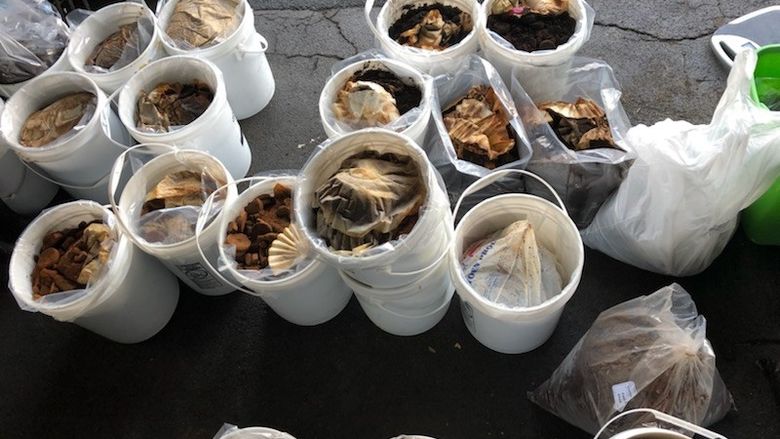ALTOONA, Pa. — “Birders” — those who appreciate watching birds in the wild — are often seen as odd ducks. They sometimes travel alone, sometimes in groups, binoculars at the ready, flocking to a location that has had a reported sighting of a rare or unusual bird. They may have lists of birds they have seen and those they have yet to see, or a list of vacation destinations organized by which bird is where ... maybe out at Presque Isle for the spring migration (there’s even a festival for it) or at Middle Creek Watershed in March to see the snow geese cover the fields in white.
Birding may sound like a pleasant pastime (or maybe not). But birders, while they are braving the elements to get a glimpse of the snowy owls they heard were hanging out in Palmyra, Pennsylvania, are also performing a valuable function. They’re counting birds.
Why does this matter? Bird populations are an indication of the environment’s health and stability. The Audubon Society says its annual Christmas Bird Count, which has been held for more than 100 years, “continues to shape and inform our approach to conservation, providing vital information about bird populations and trends, data that alerts us to environmental threats not only to birds but to the larger ecosystems we all depend on.” The number of birds counted means more than just estimating the size of a bird population; it also “may indicate shifts in pollution levels, climate change, habitat loss, migration timing, and more,” according to birding.about.com.
This past spring the first Earth Day Birding Classic was held at Penn State Altoona. Catherine (Catie) Kilgus, a senior environmental studies student and avid nature enthusiast, organized the event with support from Penn State Altoona’s Assistant Professor of Earth Science Mark Bonta and Laura Jackson of the Juniata Valley Audubon Society. Each team’s goal was to identify — by sight or sound — as many species of birds as possible in 24 hours in Blair and nearby counties.
Response to the inaugural Birding Classic was “amazing,” Kilgus said. “We had kids as young as 7, some senior citizens, over 40 people.” The teams counted 128 species over the 24 hours, including many easily recognizable such as red-headed woodpeckers and barn owls, but also some less familiar, such as the lesser scaup (it’s a duck) and Bonaparte’s gull.
Winners racked up impressive numbers, from 93 species in Centre County alone, to 40 species on foot at Canoe Creek State Park, 55 species within the area of the Penn State Altoona campus, and the grand-prize winner with 105 species. The effort raised $1,300, of which $563 went to Penn State Altoona’s Sustainability Council. The council will use the money to improve the seminar forest trail system and maintain the small riparian buffer on campus.
Carolyn Mahan, professor of biology at Penn State Altoona, competed with her husband, Kurt Engstrom, and son Carl Engstrom, as a team in Centre County (they had the 93-species count in Centre County). One might assume that a professor of biology would be the lead for such a team, but actually, Mahan admits, it was son Carl. “He’s a regular birder and keeps lists from all his travels. He compiles and tracks bird data using eBird, an online software program from the Cornell Lab of Ornithology. My husband and I like to see birds and know the species, but we are not listers.” A highlight for the team was seeing “a nesting barn owl. It was nesting in a silo on an Amish farm in Penns Valley. We walked into the empty silo, looked up, and it was peering down at us.”
Although Kilgus has now graduated, she expects to continue the Birding Classic. When asked if there is something she’d like to be different next year, she was quick to respond: “We would love to see more students involved.” No doubt we can count on that.
